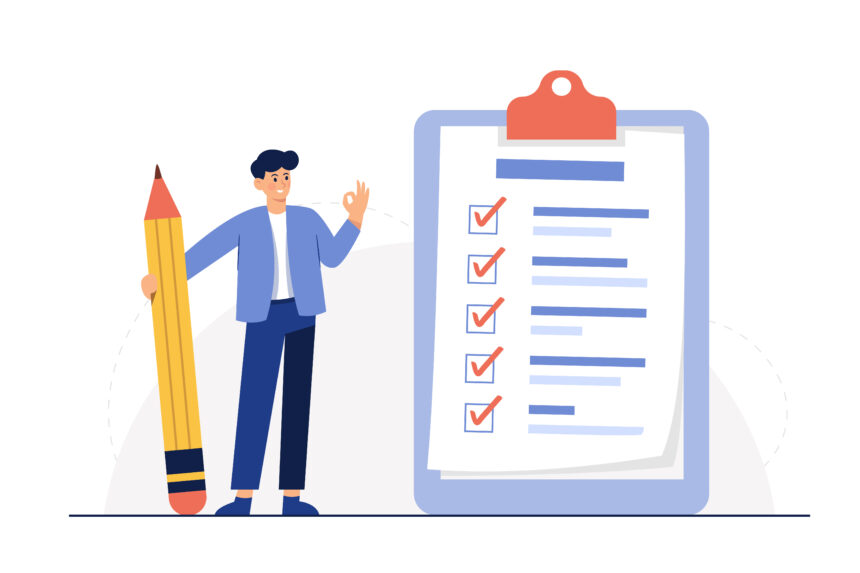In today’s world, personal loans have become a popular financial solution for individuals looking to meet various needs, whether it’s consolidating debt, funding home improvements, or covering unexpected expenses. Personal loans offer flexibility and convenience, allowing borrowers to access funds quickly and repay them over a specified period. However, before applying for a personal loan, it’s essential to understand the requirements and the application process involved. This article aims to guide you through the necessary steps to access personal loans effectively.
- Understand Your Financial Situation: Before applying for a personal loan, it’s crucial to assess your financial situation. Determine the purpose of the loan, evaluate your income, and calculate your expenses to understand how much you can comfortably borrow and afford to repay. Carefully consider your budget and ensure that you can meet the loan’s repayment terms without causing financial strain.
- Research and Compare Lenders: With numerous lenders available, it’s wise to research and compare loan options to find the best fit for your needs. Look for reputable lenders who offer competitive interest rates, flexible repayment terms, and excellent customer service. Take into account factors such as loan amounts, interest rates, fees, and eligibility criteria. Online loan comparison tools can be helpful in evaluating different lenders side by side.
- Check Eligibility Requirements: Every lender has specific eligibility criteria that applicants must meet. Common requirements include a minimum age (usually 18 or 21 years old), a stable source of income, a good credit history, and residency or citizenship status. Some lenders may also consider factors such as employment history, debt-to-income ratio, and collateral. Understanding these requirements can help you determine if you’re eligible to apply for a loan with a particular lender.
- Gather Necessary Documents: To complete the loan application process, you’ll typically need to provide certain documents. These may include:a. Proof of Identity: A government-issued ID card, passport, or driver’s license. b. Proof of Income: Pay stubs, bank statements, or tax returns to verify your income. c. Employment Details: Provide information about your employer, including their contact details and your job title. d. Financial Information: Details of your assets, liabilities, and existing debts. e. Address Verification: Utility bills or bank statements that establish your residential address.
- Complete the Application: Once you have gathered the necessary documents and reviewed the lender’s requirements, it’s time to fill out the loan application. This can typically be done online or in person, depending on the lender’s preference. Provide accurate and honest information throughout the application form. Double-check for any errors or missing details before submitting the application.
- Wait for Approval: After submitting your loan application, the lender will review your information, perform a credit check, and assess your eligibility. This process may take anywhere from a few hours to several days, depending on the lender. It’s important to be patient during this stage and avoid applying for multiple loans simultaneously, as this can negatively impact your credit score.
- Loan Approval and Disbursement: If your loan application is approved, the lender will provide you with a loan agreement detailing the terms and conditions, including the loan amount, interest rate, repayment schedule, and any applicable fees. Carefully review the agreement and ensure you understand all the terms before signing it. Once you’ve signed the agreement, the lender will disburse the loan amount, usually through direct deposit into your bank account.
- Repay the Loan: Once you receive the loan funds, it’s essential to honor the agreed-upon repayment schedule. Make timely payments each month to avoid any penalties or negative impacts on your credit score. Consider setting up automatic payments or reminders to ensure you never miss a payment. Responsible repayment will not only help you meet your financial obligations but can also improve your creditworthiness for future borrowing needs.
In conclusion, personal loans can be a valuable financial tool when used wisely. By understanding the requirements and following the application process outlined above, you can increase your chances of accessing personal loans that suit your needs and financial capabilities. Remember to borrow responsibly and only take on loan amounts that you can comfortably repay within the agreed-upon terms.










